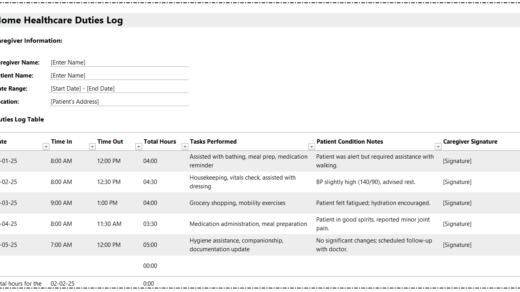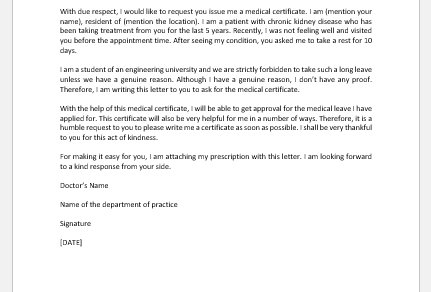Medical emergencies involving blood loss tend to put patients in critical condition. Many times, blood transfusions are needed, which is one of the most effective steps in saving lives. Blood donation is a process in which blood is drawn from a person on his own will so that it can be used by someone who is battling between life and death, and a pint of blood can help him win against death.
Many components of blood are donated by people from all around the world. Whole blood is the most common form of blood transfusion, but platelets, fresh frozen plasma, and RBCs are separately transfused whenever fractionated blood is required.
Types of Blood Donation and Prerequisites
There are two types of blood donations. One is allogeneic, and the other is called direct blood donation. In the allogeneic type of blood transfusions, the blood donors are usually unpaid volunteers who donate their blood to unknown recipients in their time of need. Allogeneic blood transfusion occurs at the blood banks, where blood is drawn from the donors and stored for later use whenever it is needed.
In a direct transfusion, the blood is donated directly from the donor to the recipient on the same day. Fresh blood is transfused to the recipients, which are donated by relatives or anyone present and willing to donate. Direct transfusion might occur during emergencies.
Screening before blood donation
Blood is donated to save lives. So, the blood must be properly screened before it is drawn from the donor. The most important aspect of screening before blood donation is for hepatitis B and C, as well as for HIV infection. The collected blood must be free of these viruses and antibodies. Moreover, it is sometimes screened for sexually transmitted diseases like syphilis.
Blood donation form
A blood donation form is duly filled out before the actual donation happens. This is one of the necessary steps of the procedure.
- Consent is the most important step. The donor must sign a consent in which he is aware of all the consequences of the blood donation and consents to anything that happens.
- Information about the donor is mentioned, along with the details of his contact information and address.
- Sometimes, information about the recipient may also be mentioned, especially if a directional donation has to take place.
- We also need to mention if this is the first donation or if he has been donating previously. The date of the donation is mentioned just after that.
- The identity card number of the patient needs to be mentioned because these particulars can be required at any stage of life for any reason.
- The screening of the donor and the results are mentioned, which must be highlighted while referring to a blood donation form. It’s a must that the donor be free of hepatitis B and C so that his blood does not become the source of infection and disease.
- Nursing Documentation Templates
- Mental Health Evaluation Forms
- Forms Used by Pediatricians
- Various Forms Related to Pregnancy Verification
- Common Forms Used by ENT Specialists
- Pain Diary Worksheet Template
- Forms Commonly Used by Old Age Homes
- Medical Treatment Consent Form
- Home Exercise Program Worksheet
- Forms Used for Mental Health Assessment
- Forms Used by Psychologists
- Medical Forms Commonly Used by/for Students
- Assessment Consent Form
- Forms Used by an Anesthesiologist
- Not Fit to Fly Certificate Template



